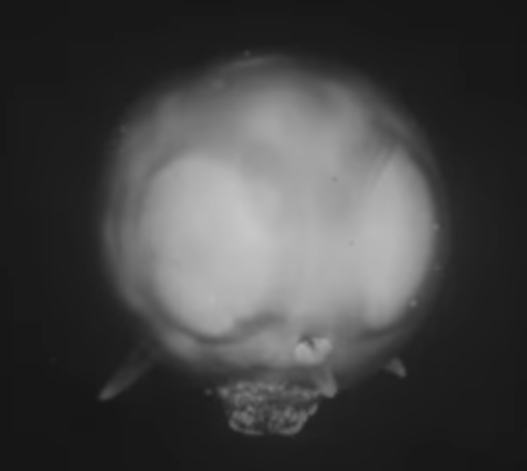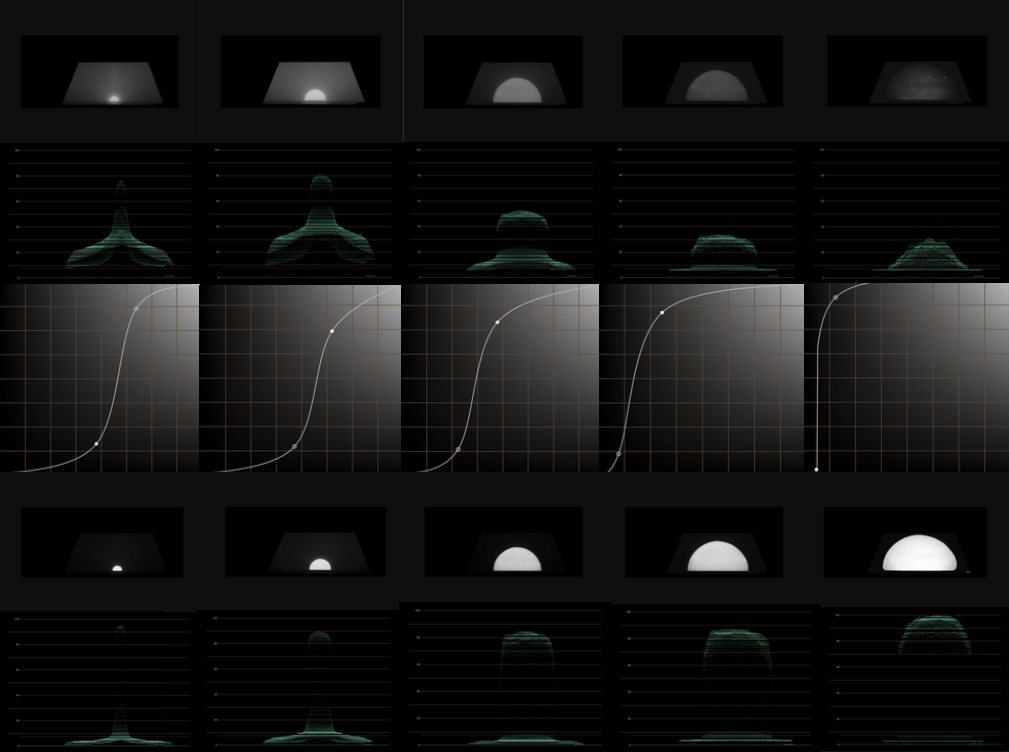Lawrence Livermore National Laboratory

During my first summer at Cal Poly, I interned at the Lawrence Livermore National Laboratory (LLNL) working on the Film Scanning and Re-Analysis Project headed by nuclear physicist Gregory Spriggs. The goal of the project is to digitize all the nuclear test films before they decay and reanalyze the results, as many of the results from the 1940s through the early 1960s were plagued with guesswork from the manual measurement process.

Shockwave analysis is one of the few methods used to determine the yield of a nuclear detonation. To calculate the yield of these shots using the 1-D, spherical model developed by Taylor, an equivalent radius of the elliptical shockwave must be determined. Armed with the digitized replicas of the original nuclear test films and the latest image processing tools, a methodology for segmenting the shockwave from the digitized film and measuring these shockwaves has been developed to quickly and accurately quantify the shape of these asymmetric shockwaves. With a two-dimensional result from these asymmetric shockwaves, several methods are discussed to transform the final shockwave contour to an equivalent radius that can be used to determine the yield.

The pipeline I developed provides was developed in Python using the OpenCV library and can detect and accurately measure the shockwave and fireball with minimal user input. I utilized the high performance computing cluster at LLNL to perform parameter search over different exposures-adjusting look up tables which could be applied to a film to “boost” the fireball’s signal.
More detailed information about my project can be found at these links:
If you would like to learn more about the science behind the nuclear tests see these links: